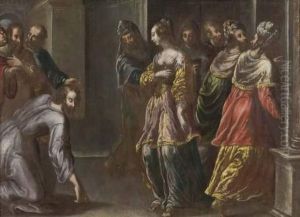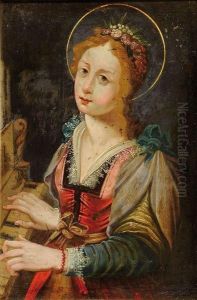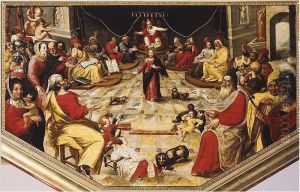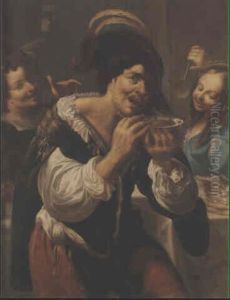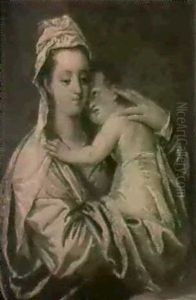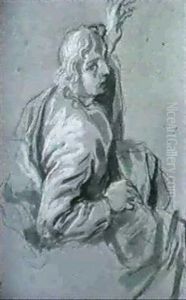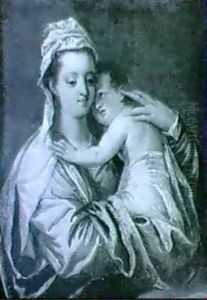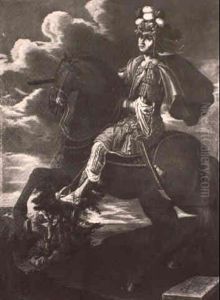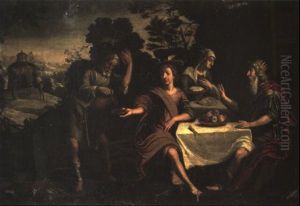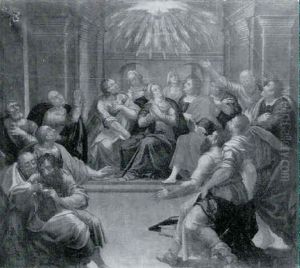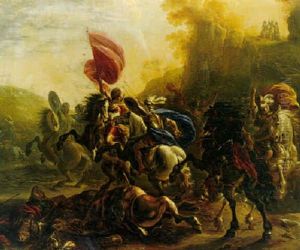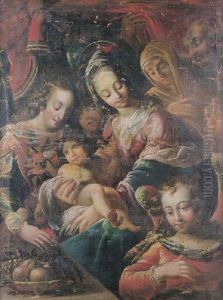Georges Lallemant Paintings
Georges Lallemant was a French painter who is less widely known today but was a significant figure of the early 17th century in France. He was born around 1580 in Paris or its vicinity. The exact details of his early life and training are not well documented, but he is believed to have been influenced by the Fontainebleau School and the late Mannerist style, which was prominent in France during the late 16th and early 17th centuries.
Lallemant’s work is characterized by its delicate execution, graceful figures, and the use of bright colors. He was primarily known for his religious paintings and portraits, although he also painted mythological scenes and allegories. His style reflects a transition from the Mannerist tradition, with its artificial elegance and elongated forms, to a more naturalistic approach that was coming into favor at the time.
Lallemant became a master painter in Paris in 1601, which marked the beginning of his professional career. He later entered the service of Maria de' Medici, the Queen of France, and worked on several projects for her, although none of these works seem to have survived. His most famous surviving work is probably 'The Holy Family with Saint Anne and the Infant Saint John the Baptist,' which displays his skill in composition and his ability to render figures with a certain softness and warmth.
Despite his contributions to French painting in the early Baroque era, Lallemant's work was eventually overshadowed by that of his more famous contemporaries and successors, such as Georges de La Tour and Nicolas Poussin. Lallemant died in Paris in 1636. Today, his works can be found in various museums and collections, where they offer a glimpse into the artistic transitions taking place during his lifetime.

